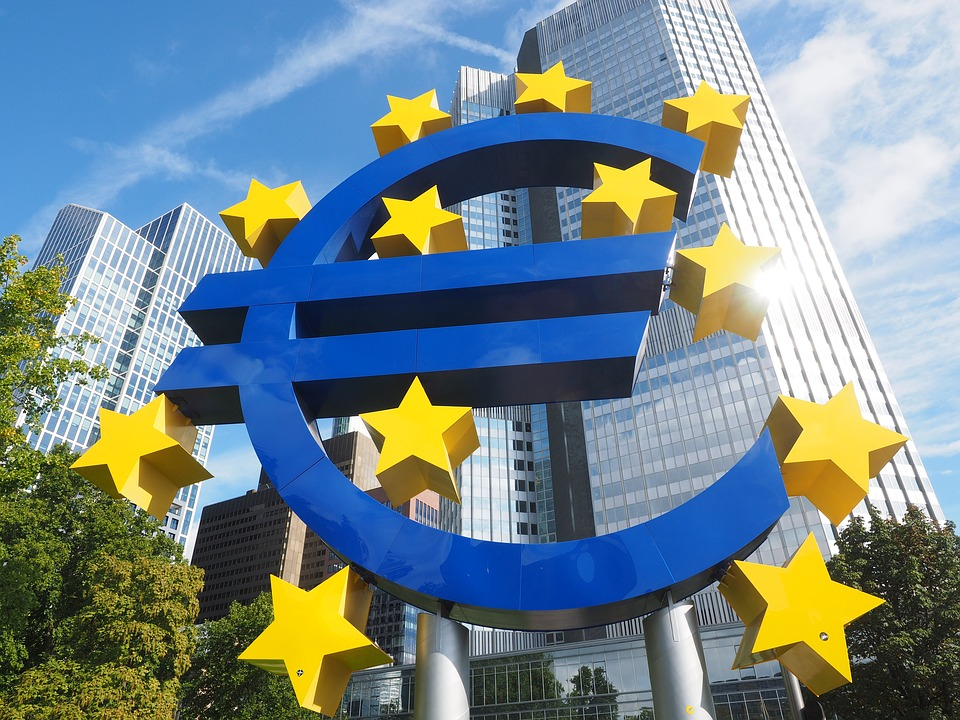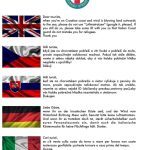
Croatia has made significant progress on its journey to Eurozone entry, but only Romania and Bulgaria have worse institutions than those operating here…
As Poslovni Dnevnik/Ana Blaskovic writes on the 10th of June, 2020, Croatia continues to receive informal signals about joining the European Exchange Rate Mechanism in July, commonly known as the ”Eurozone waiting room”, the European Central Bank (ECB) praised Croatia’s progress in bringing the domestic economy closer to the European average, but the problem remains in its very poor institutional quality.
Of all of the European Union’s member states, only Romania, Greece (but under the umbrella of the euro) and Bulgaria have institutions which are worse than those here in the Republic of Croatia.
”The strength of the institutional environment remains an important factor in the sustainability of convergence in the future. The quality of institutions and governance is relatively weak in all observed countries except Sweden, especially in Bulgaria, Romania, Croatia and Hungary,” they warn from the German city of Frankfurt, adding that this poses a risk to economic resilience and sustainable convergence.
Therefore, Croatia (as well as any other EU member state with its own national currency) doesn’t currently meet the conditions for Eurozone entry/the introduction of the euro, which is not the case when it comes to entering the exchange rate mechanism for which the political green light still remains on.
“None of the observed countries participate in the ERM II, but Bulgaria and Croatia have both submitted official requests to join the mechanism. Bulgaria did so back in 2018, and Croatia did the same in 2019. By taking on policy commitments, the two countries have taken some important steps towards joining the mechanism soon,” it said.
Given the plan for the rapid implementation of the euro, the next convergence report will be crucial, as it will provide a true assessment of the country’s readiness to replace the national currency – the Croatian kuna.
Obstacles, however, can realistically be expected on two fronts. The first is the quality of institutions where Croatia is at the tail end of the EU because it requires substantial (and indeed painful) reforms of the business environment for which there is a complete and utter lack of political will present at the moment. The second is the country’s fiscal plan, because due to the coronavirus crisis, public debt and deficit is set to explode, so sooner or later, government expenditures will have to be put on the table.
However, the debt boom will affect all member states, so it remains to be seen whether the European Union will stick to Maastricht’s nominal criteria or whether they will be revised in the “new normal”.
The report points out that seven countries have made uneven progress in convergence since 2018, and Croatia is in the minority, which is recording improvements. The ECB assesses price stability, budget balance and public debt, long-term interest rates, exchange rate stability, and the quality of institutions and governance.
When it comes to the inflation criterion, the compliance of most countries has deteriorated, but Croatia’s hasn’t. Bulgaria, Poland, Romania, the Czech Republic and Hungary recorded inflation rates well above the reference 1.8 percent, while they are lower in Sweden and are significantly lower here in Croatia. Due to deflationary pressures in the coming period, inflation is expected to decline due to a sharp drop in oil prices.
On the wings of pre-epidemic growth, most have made progress in reducing fiscal imbalances, including Croatia. Croatia and others are doing well in estimating their budget balances, back in 2019, it was lower than the set 3 percent of GDP. Only Romania had an overdraft, which led to an excessive deficit procedure in April 2020. Although the debt ratio in Croatia and Hungary was above the 60 percent of GDP threshold, it was declining until the end of last year. Due to the ongoing pandemic, the budget deficit and debt ratio are expected to grow in all seven countries due to the slowdown in the economy and fiscal aid packages.
There is no problem in the field of exchange rate convergence either; the kuna has shown little volatility, while the Bulgarian lev was fixed against the euro within the currency board (1.95583 lev for 1 euro). Other currencies were traded under flexible exchange rate regimes where the exchange rate of most was very volatile, especially during the tensions in the financial markets in March 2020, they note from Frankfurt.
The ECB’s historically low interest rate policy spills over beyond the Eurozone, a benefit that countries without the euro can also feel. In Romania alone, long-term interest rates are higher than the 2.9 percent reference value, while the lowest long-term interest rates are recorded in Bulgaria and Sweden.
Although the report notes that the existing CNB Act is not in line with central bank independence regulations, this part of the document was completed before the legislative changes which came about in April, which were subsequently assessed positively.
It’s worth mentioning that the convergence report is a two-year document that is not related to the process of entering the exchange rate mechanism, and it assesses the gap between the member state economies that don’t yet have the euro with an average of nineteen Eurozone countries.
For more, follow our lifestyle page.









